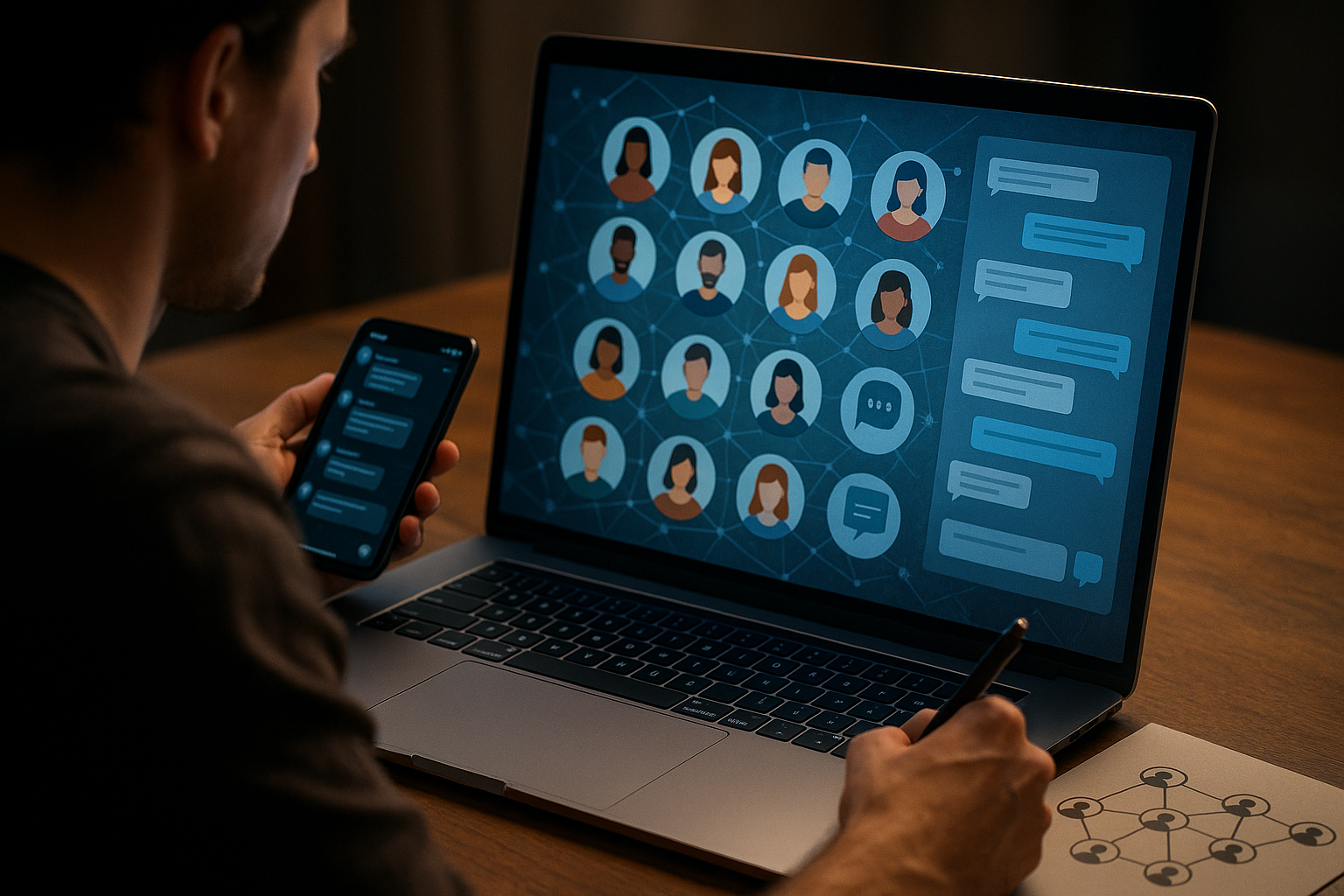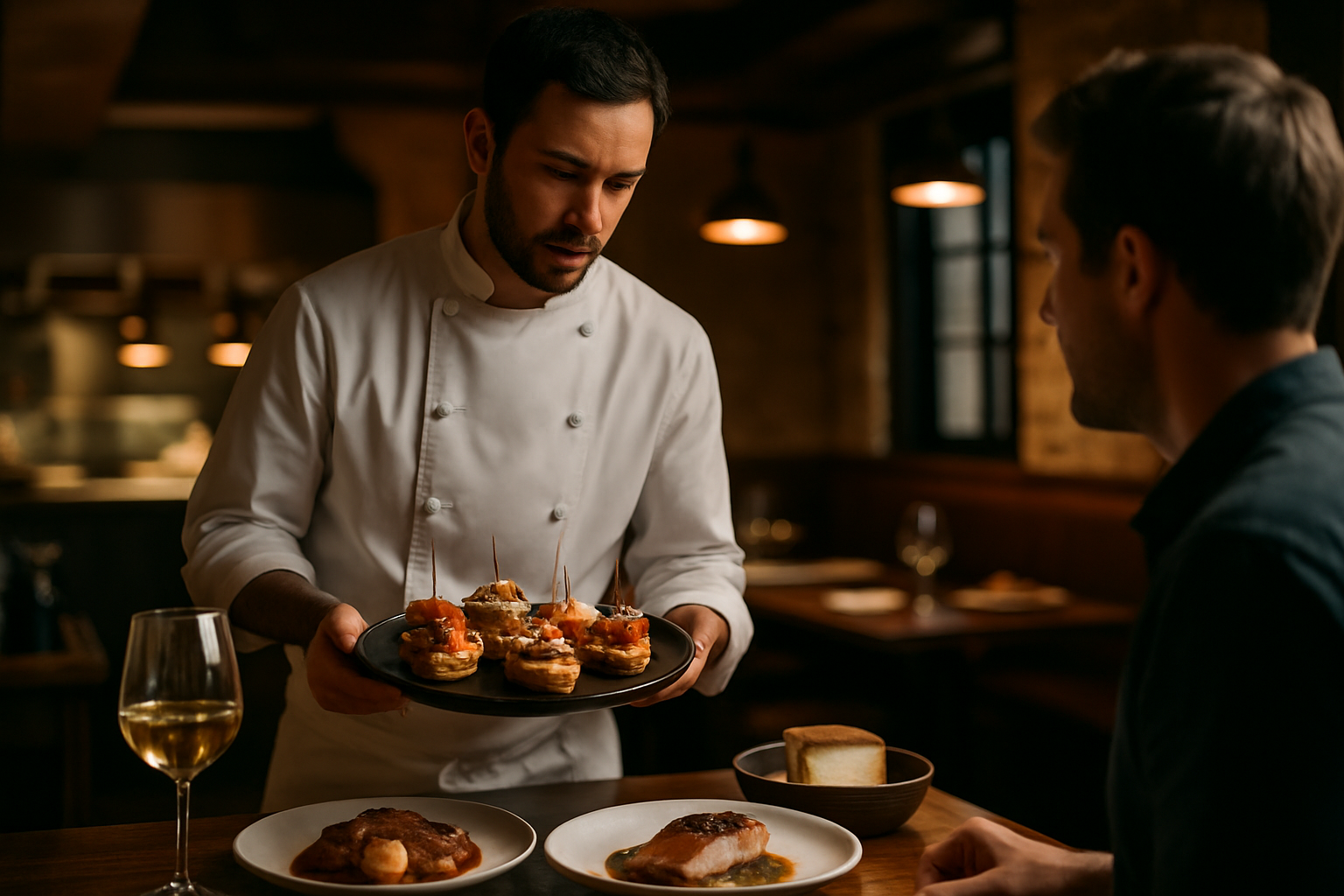Modern dating: how people connect, communicate, and decide in a global landscape
The digital age has fundamentally transformed how people meet, interact, and form romantic connections. Online dating platforms have become the primary avenue for introductions, shifting traditional courtship patterns and creating new social dynamics that span across cultures and continents. Today's daters navigate complex digital ecosystems where first impressions are formed through curated profiles, conversations begin with carefully crafted messages, and relationships develop through screens before potentially moving into physical spaces.

What profile signals build clarity for potential matches?
Effective online dating profiles serve as digital ambassadors, communicating personality, values, and intentions without face-to-face interaction. Research indicates that profiles with clear, recent photos receive significantly more engagement than those with filtered or outdated images. Written descriptions that balance personal interests with relationship goals tend to attract more compatible matches. Specific details about hobbies, career aspirations, and lifestyle preferences help potential partners assess compatibility early in the process.
Profile authenticity has become increasingly valued as users grow more discerning about misleading representations. Elements like education level, location accuracy, and honest age disclosure contribute to building trust before initial conversations begin. The inclusion of diverse photo types—candid shots, activity-based images, and clear face photos—provides a more comprehensive impression than carefully staged portraits alone.
How do first-message approaches open meaningful dialogue?
Initial contact on dating platforms sets the tone for potential relationships, making message strategy crucial for successful connections. Generic opening lines like “Hey” or “How’s your day?” typically receive lower response rates compared to personalized messages that reference specific profile details. Successful first messages often ask thoughtful questions about shared interests or experiences mentioned in the recipient’s profile.
Length and timing also influence message effectiveness. Messages that are too brief may seem disinterested, while overly long initial contacts can appear overwhelming. The sweet spot typically involves 2-3 sentences that demonstrate genuine interest while inviting response. Cultural factors play a role here, as directness levels and communication styles vary significantly across different regions and age groups.
Understanding pace, boundaries, and mutual expectations
Modern online dating requires navigation of unspoken rules around communication frequency, response timing, and progression expectations. Some users prefer rapid-fire exchanges that build momentum, while others appreciate slower, more thoughtful correspondence. Establishing these preferences early helps prevent misunderstandings and reduces anxiety around digital interaction patterns.
Boundary setting has become more explicit in online dating environments. Clear communication about intentions—whether seeking casual connections, serious relationships, or friendship—helps align expectations from the outset. Many platforms now include features that allow users to specify their dating goals, making these conversations more straightforward than in traditional dating scenarios.
How cultural nuances vary across regions
Dating customs and online behavior patterns differ significantly across geographical and cultural boundaries. Western cultures often emphasize individual choice and direct communication, while other regions may prioritize family involvement and more formal courtship approaches. These differences manifest in profile presentation, messaging styles, and relationship progression timelines.
Religious and cultural values heavily influence online dating participation and acceptable interaction levels. Some cultures maintain strict gender interaction guidelines that affect platform usage patterns, while others embrace more liberal approaches to digital romance. Understanding these nuances becomes essential for users engaging with international matches or those from different cultural backgrounds.
Planning offline transitions: timing and context considerations
The shift from digital communication to in-person meetings represents a critical juncture in online dating relationships. Timing this transition varies widely among individuals and relationships, with factors including comfort level, geographical proximity, and communication quality influencing the decision. Safety considerations, particularly for women and vulnerable populations, often dictate meeting preferences and location choices.
Successful offline transitions typically involve public meeting spaces, clear communication about expectations, and backup plans for uncomfortable situations. Video calls have become common intermediary steps, allowing face-to-face interaction while maintaining safety boundaries. The COVID-19 pandemic further normalized virtual dating phases, extending the pre-meeting period for many couples.
| Platform Type | Average Monthly Cost | Key Features |
|---|---|---|
| Free Platforms | $0 | Basic matching, limited messaging |
| Premium Services | $15-50 | Advanced filters, unlimited messaging, priority placement |
| Niche/Specialized | $20-40 | Targeted demographics, specialized matching algorithms |
| Elite Services | $50-200+ | Personalized matching, background verification, concierge services |
Prices, rates, or cost estimates mentioned in this article are based on the latest available information but may change over time. Independent research is advised before making financial decisions.
The landscape of modern dating continues evolving as technology advances and social norms shift. Digital platforms have democratized meeting opportunities while creating new challenges around authenticity, safety, and meaningful connection. Success in this environment requires adaptability, clear communication, and realistic expectations about both digital and offline relationship development. As global connectivity increases, understanding cultural differences and maintaining genuine intentions become increasingly important for building lasting romantic connections.




